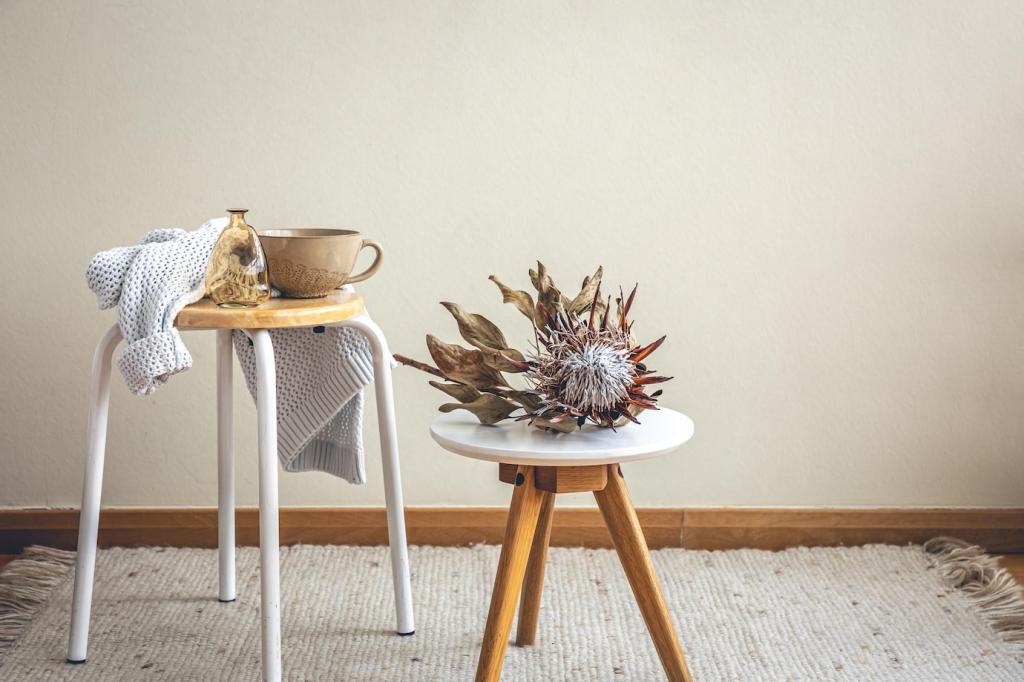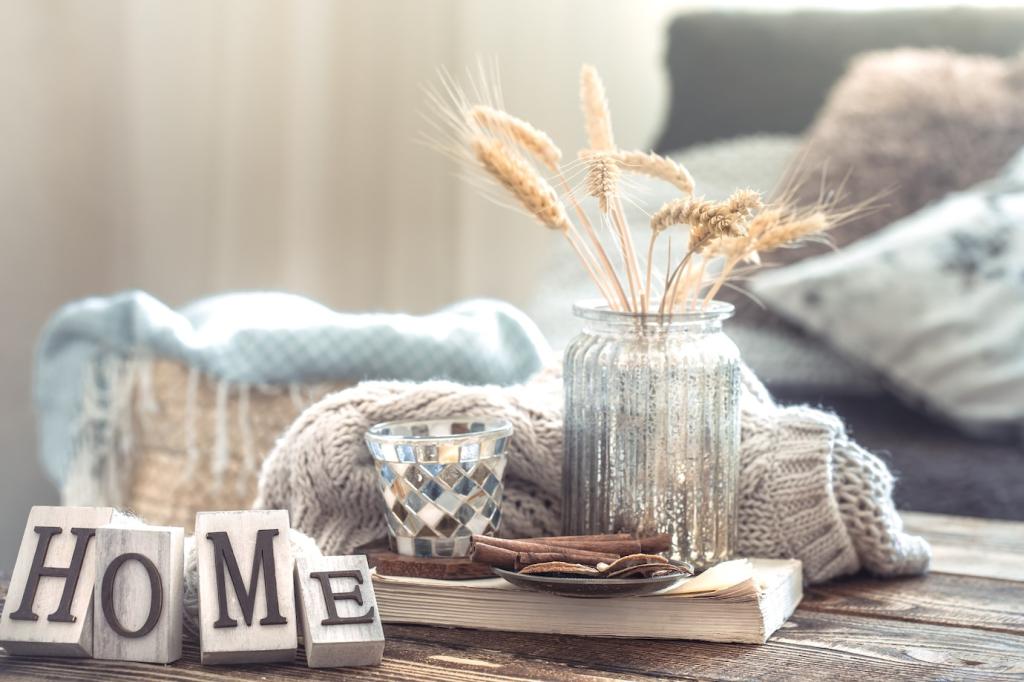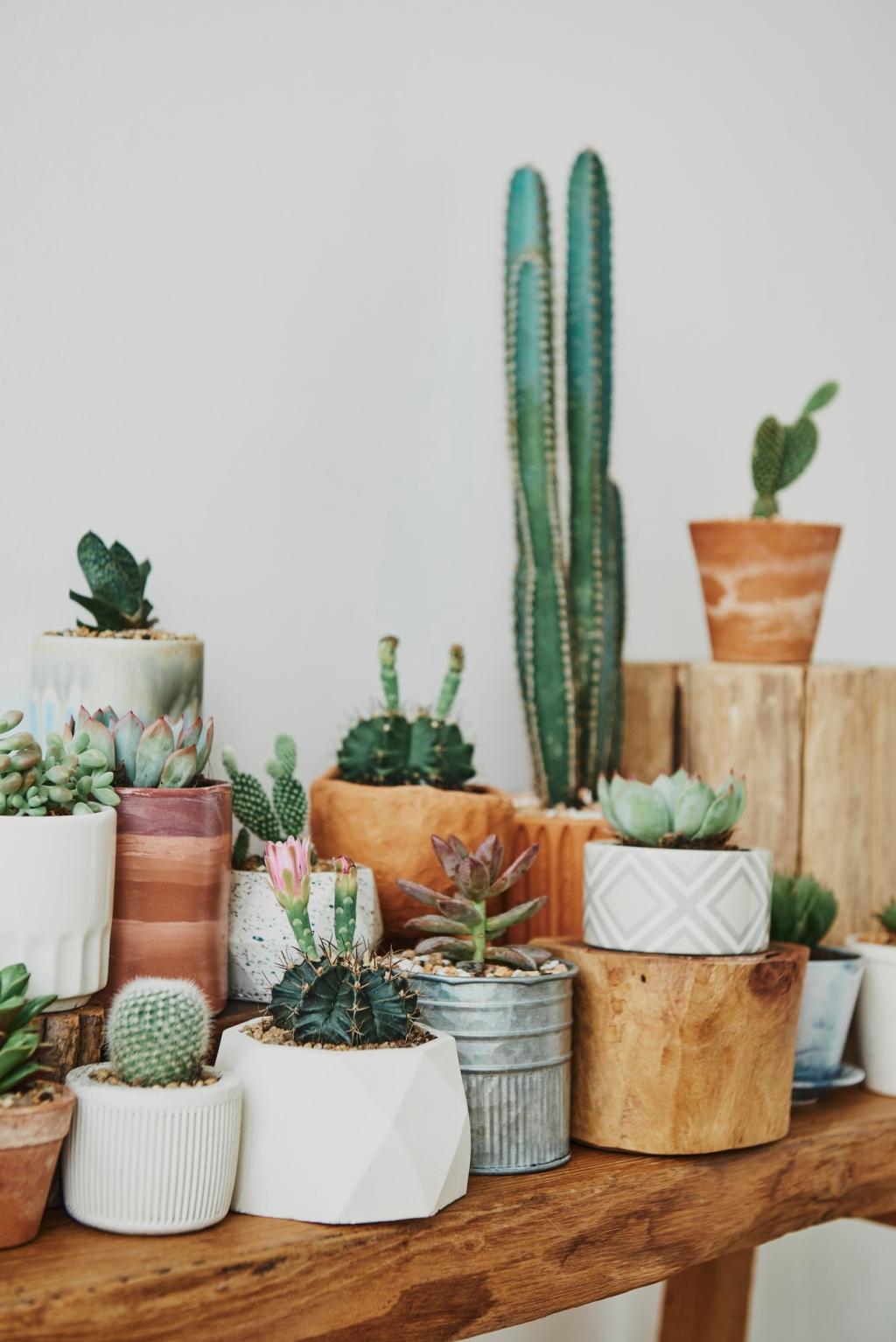
Guide to Non-Toxic Paints: Breathe Easier, Live Brighter
Chosen theme: Guide to Non-Toxic Paints. Discover clear, friendly advice for healthier walls, science you can trust, and stories that prove beauty doesn’t need fumes. Subscribe for updates, share your plans, and help us build a community that paints with care.
What Makes a Paint Truly Non-Toxic?
Non-toxic is more than a buzzword. Look for zero-VOC bases and colorants, plus formulas free from added formaldehyde, phthalates, and ammonia. Remember: some tints add VOCs back in, so confirm the entire tinted system. Have questions about a label? Comment and we’ll help decode it together.


What Makes a Paint Truly Non-Toxic?
Conventional paints can release VOCs like benzene, toluene, and xylene, which may trigger headaches, dizziness, and irritation. Non-toxic options avoid heavy metals, APE surfactants, and added formaldehyde. Cleaner air supports better sleep and focus. Tell us which odors bother you most, and we’ll recommend safer alternatives.
Choosing the Right Non-Toxic Paint for Every Room
Prioritize zero-VOC paints and tints, especially during pregnancy and early childhood. Soft, mineral-based pigments can calm the eye while reducing glare. Paint a few weeks before move-in, ventilate well, and add a plant or two. Parents, share your nursery palette below and we’ll suggest healthier finishing touches.
Look for zero-VOC or very low-VOC paints with mildew-resistant, biocide-conscious formulas and a scrubbable eggshell or semi-gloss finish. Proper prep and ventilation matter as much as the can. Post your toughest grease or steam challenge, and we’ll recommend a breathable, non-toxic combo that stands up to daily life.
Choose fast-curing, low-odor paints to minimize disruption and neighbor complaints. Sample boards help you test color in tricky lighting without committing. Keep tools tidy and use clean-cut edges for easy touch-ups at move-out. Share before-and-after photos—your rental refresh could inspire someone else’s healthy upgrade today.

Inside the Can: Ingredients You’ll Love (and Those You Won’t)
Modern non-toxic paints may use waterborne acrylics with ultra-low residual solvents, or mineral binders like silicate and lime that literally bond with plaster. Clay paints regulate humidity and soften acoustics. Curious which suits your walls? Drop your wall type and we’ll suggest a compatible, low-odor option.
Milk paint uses casein for a powder-to-paint mix that’s beautifully matte, breathable, and delightfully tactile. It excels on furniture and porous walls, often sealed with a plant-oil topcoat. Want that vintage glow on cabinets? Tell us your surface and we’ll share a safe prep and sealing plan.
Safer cans skip heavy metals, added formaldehyde donors, APE surfactants, and high-VOC glycols. Many also reduce ammonia and strong amines to cut sharp odors. Always check the technical data sheet—not just marketing blurbs. Post a link to yours, and we’ll help interpret every line with clarity.
Ventilate, mask off with reusable drops, and use a HEPA vacuum for dust control. Damp-sand to keep particles down, and patch with low-odor compounds. In older homes, follow lead-safe practices. Share your house age and wall type to get a tailored, safety-first prep checklist you can trust.
Prep and Paint the Healthy Way
The nursery headache that disappeared overnight
Emma and Luis repainted their nursery with a certified zero-VOC brand and tint. Headaches they’d blamed on stress vanished, and their newborn slept peacefully within days. Have a similar experience? Share your brand and color—your story could guide another family toward a calmer, safer start.
A tiny studio transformed with limewash
Maya chose mineral limewash for her 300-square-foot studio. It softened harsh afternoon glare, minimized humid-day stuffiness, and added nuanced depth without plastic sheen. Her guests kept asking what changed. Considering a limewash accent? Tell us your wall texture and light conditions for a custom, breathable plan.
A landlord’s approval and a tenant’s clean conscience
Jordan convinced his landlord by showing GREENGUARD Gold documentation and scheduling painting during business hours. The hallway smelled like… nothing. Neighbors noticed the calm, not the chemicals. Want our landlord-ready email template and product list? Comment “template” below, and we’ll send the non-toxic negotiation kit.
Care, Cleanup, and Planet-Friendly Disposal

Use a damp microfiber cloth and a mild soap solution for scuffs. Spot test first, then work from the bottom up to avoid streaking. Semi-gloss handles scrubbing; matte needs gentler passes. Share your stubborn stain saga, and we’ll recommend a safe, finish-friendly approach that won’t add fumes.
